Inside the Most Beautiful Gynecology Office in the World
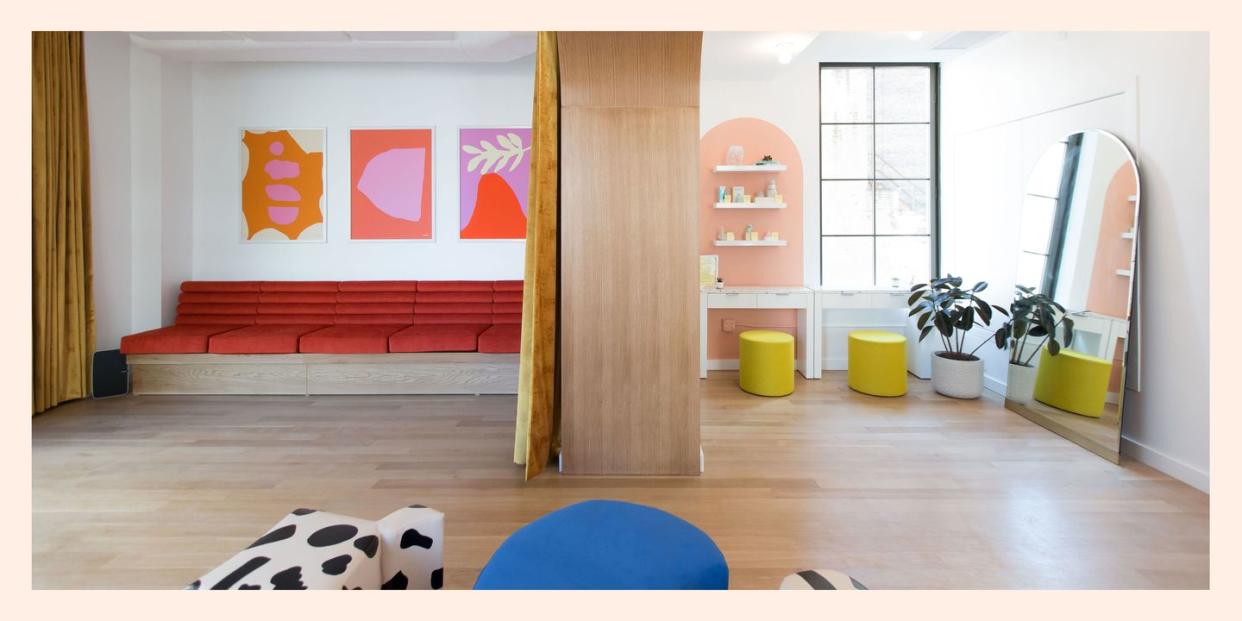
The waiting room isn't a waiting room, it's a living room. A buttery, blush pink (not quite Millennial pink, but close) couch curves against the wall underneath one of those big arc lamps I always add to my West Elm cart, but never actually buy. There's a candle burning a scent that makes me feel calm. A collection of the kind of plants I can't keep alive are hanging in windows that stretch all the way to the ceiling, and, wait... are those crystals chilling on a shelf behind the couch?
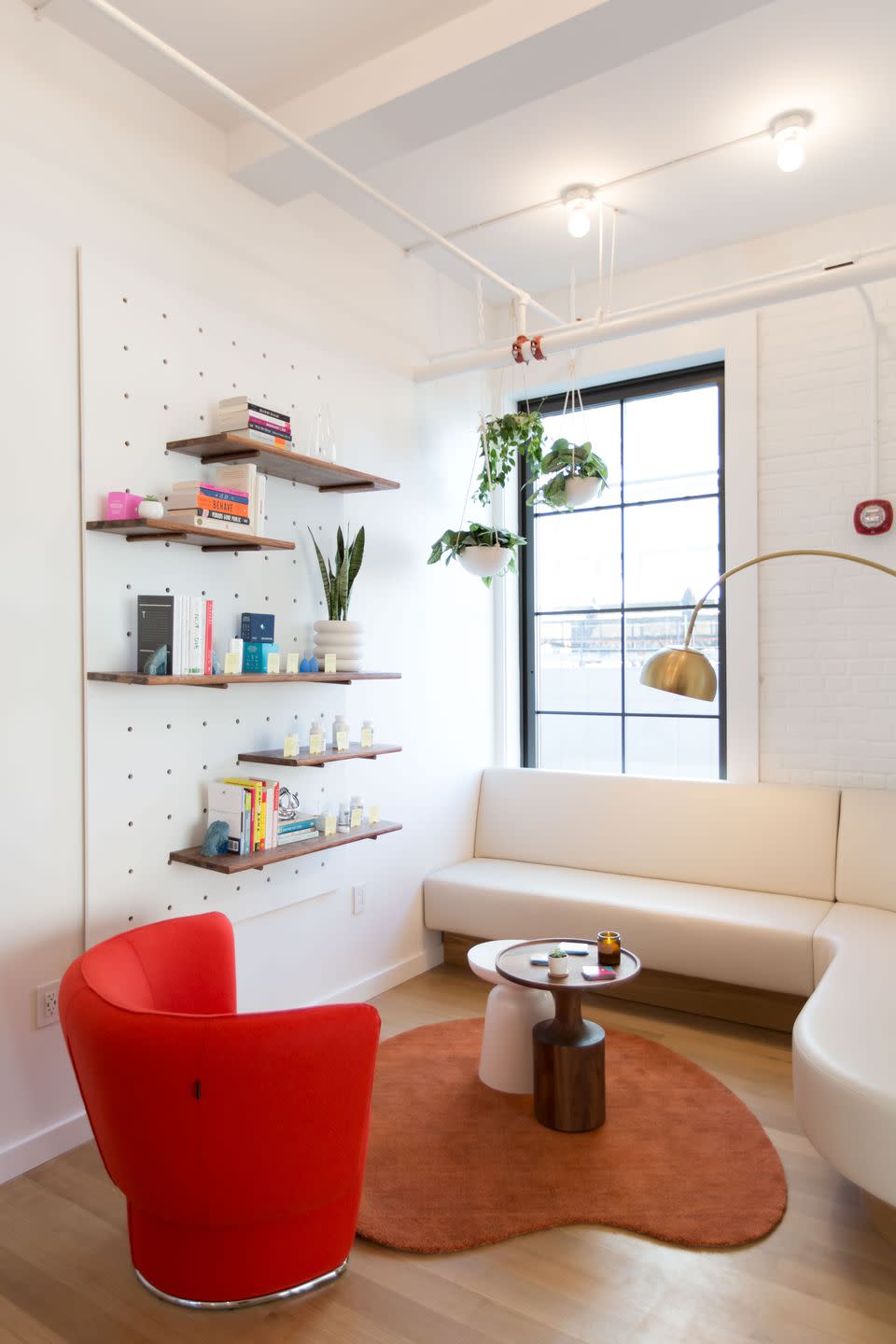
Everything about the Tia Clinic-a membership-based women's health practice that opens March 7 in New York City-is aspirational. From the living-slash-waiting room that's nicer than my own apartment to the perfectly heated exam rooms (for your comfort, naturally), this doctor's office feels more like a luxury hotel lobby or a holistic spa than a place where you get pap smears and blood drawn.
In other words, it's nothing like the beige-toned, sterile closets of doom in which most women have their gyno exams. And every single detail is intentional.
Tia Clinic was co-founded by Carolyn Witte and Felicity Yost, two 28-year-old women whose only experience in healthcare has been using its services themselves as patients. Witte and Yost's goal was to build Tia to exemplify not the platonic ideal of gynecology practices, but one beyond their wildest dreams-where exam gowns are actually custom robes, and the white, crunchy paper covering your lap is a blanket even softer than the waiting room's buttery pink couch.
As would be expected though, these thoughtful touches don't come free. Tia is only open to members who pay a $150 annual fee just to access the practice. Then, once you're in the door, expect to pay the regular costs of medical care (Tia accepts most major insurance plans, but not yet Medicaid).
Opening a cost-prohibitive women's health practice in 2019-in the throes of a presidential administration that's waging war on reproductive healthcare access-feels like a major step in the wrong direction. But the Tia Clinic isn't in the business of solving the access problem; it's in the business of raising the wildly low bar of patient care many women expect from their most intimate doctor. For instance, all of Tia's frills expose the places where most other doctor's offices could do better: What if all gynecologists spent more than 20 minutes with you, and he or she was briefed on all of your medical history and specific concerns ahead of your visit? And what if they all sold vibrators and kept The Second Sex on a bookshelf in the lobby?
Put another way, it's clear that Witte and Yost believe that the great care Tia is hoping to offer its patients shouldn't be a luxury, and their hope is that, by opening this clinic, it won't always have to be.
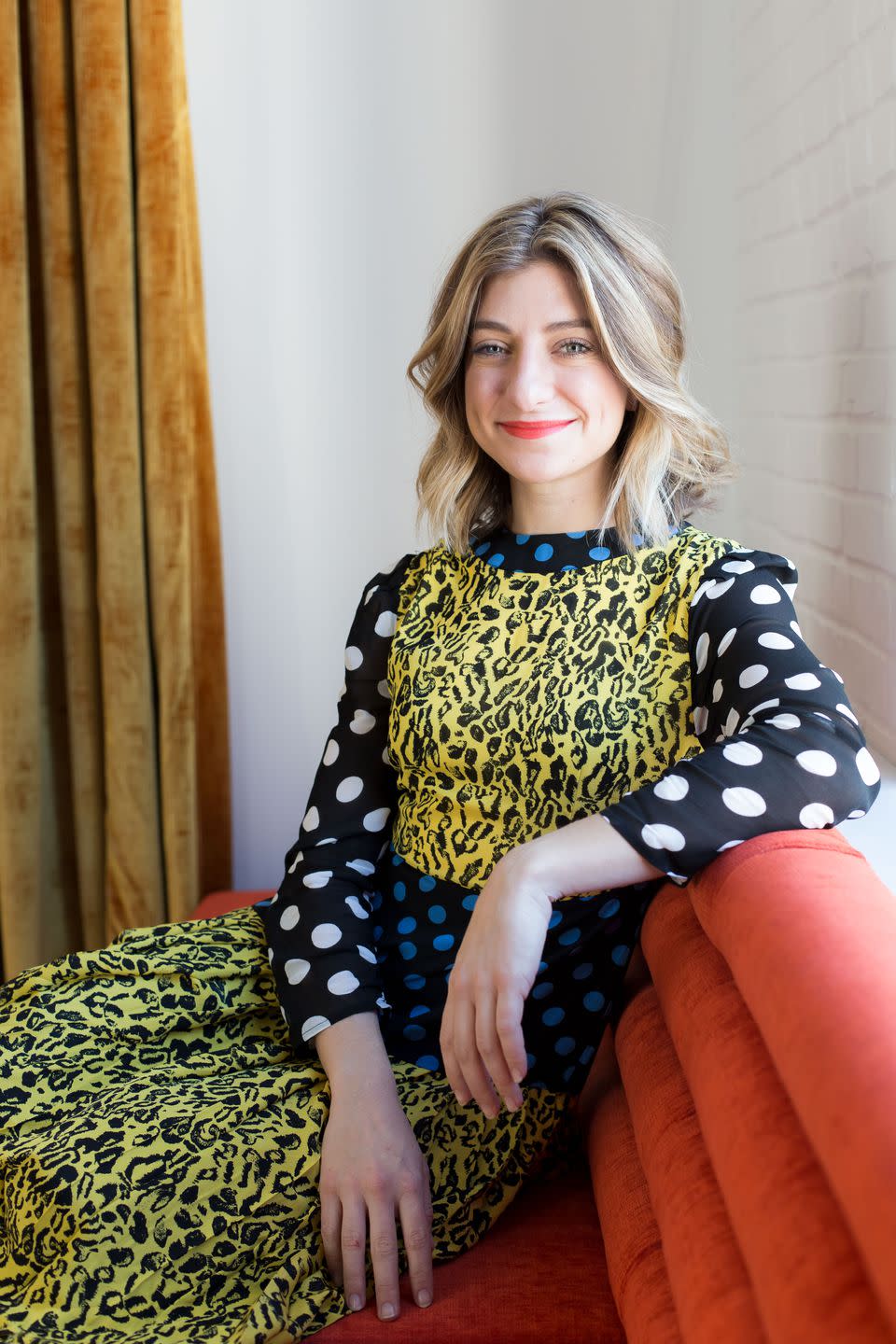
Like most other women with polycystic ovarian syndrome, a common but often misdiagnosed endocrine disorder, Witte went three years before finally getting a diagnosis. She was in her early 20s, working for Google in New York City, with great health insurance and a wide array of care at her fingertips, but at the end of her long fight for answers, she still felt helpless and alone. She thought, if I can't even navigate healthcare, how does anyone else do it?
Witte quit her job at Google to try fixing the problem. "I didn't know what I wanted to build, but I did know how I wanted to make women feel," she says. "And that was exactly the opposite of how I felt sitting in the exam room chair, getting diagnosed by this old man, saying, 'Here are some birth control pills. See you when you can't get pregnant.'" So, in July 2016, Witte joined forces with Yost to launch a healthcare app called Tia (the Spanish word for aunt) as an online community for women to get answers to questions about everything from painful sex to missed birth control pills.
At first, Witte and Yost answered all the questions through the app themselves, and when necessary, directed women to physicians or experts. Within 90 days of launching, Tia's users swelled to more than 10,000 people, and the duo couldn't keep up. They sought venture capital funding to hire health educators and build automated responses, but that still didn't satisfy the surge of user questions.
Soon, Witte noticed women were bringing their Tia app into doctor's appointments to ask questions about certain procedures or show their gyno info stored in the app's built-in cycle tracker. "That was the light bulb moment for me, like, holy shit we have to get into care delivery," Witte says. "Women love Tia, but we referred them to the shitty healthcare system-we had to build something better."
A little over a year ago, they re-tapped venture capitalists, hired a chief medical officer, and started polling users through the app about every aspect of what the first Tia clinic should be like. Their loyal following voted that the first location should be in New York City, and they also requested little touches like heated exam rooms and socks to wear during pelvic exams (being cold was something they hated most about their regular gyno appointments).
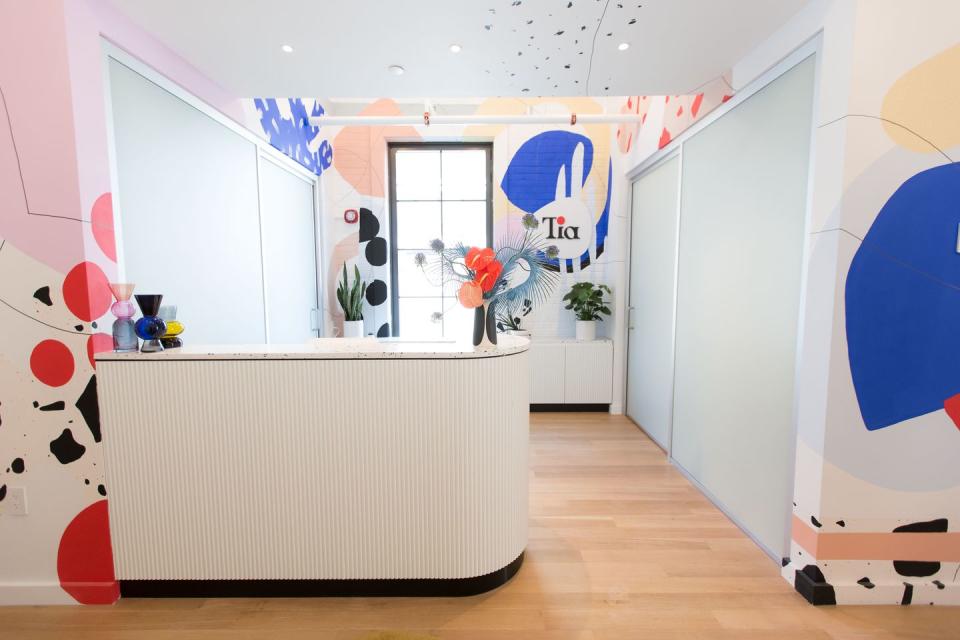
The luxe details are the overture to what Witte says is the whole point of the Tia clinic: The space is meant to be a brick-and-mortar extension of the app; a physical place where women feel like they can ask any question they want about health and sex; and ultimately, get less fragmented and soul-sucking healthcare.
During my in-person preview, Witte walked me through a mock patient experience in one of Tia's four pleasantly balmy exam rooms. The first thing I noticed was how different it looked from a typical doctor's office. The only medical object in the room, aside from the exam table, was a silver instrument tray pushed up against a big, frosted window. Every other tool and device was hidden in an expensive-looking armoire. There was also no computer (for your gyno to hide behind while you talk about the most intimate parts of your life)-just an iPad, a stylus, and a TV screen on the wall.
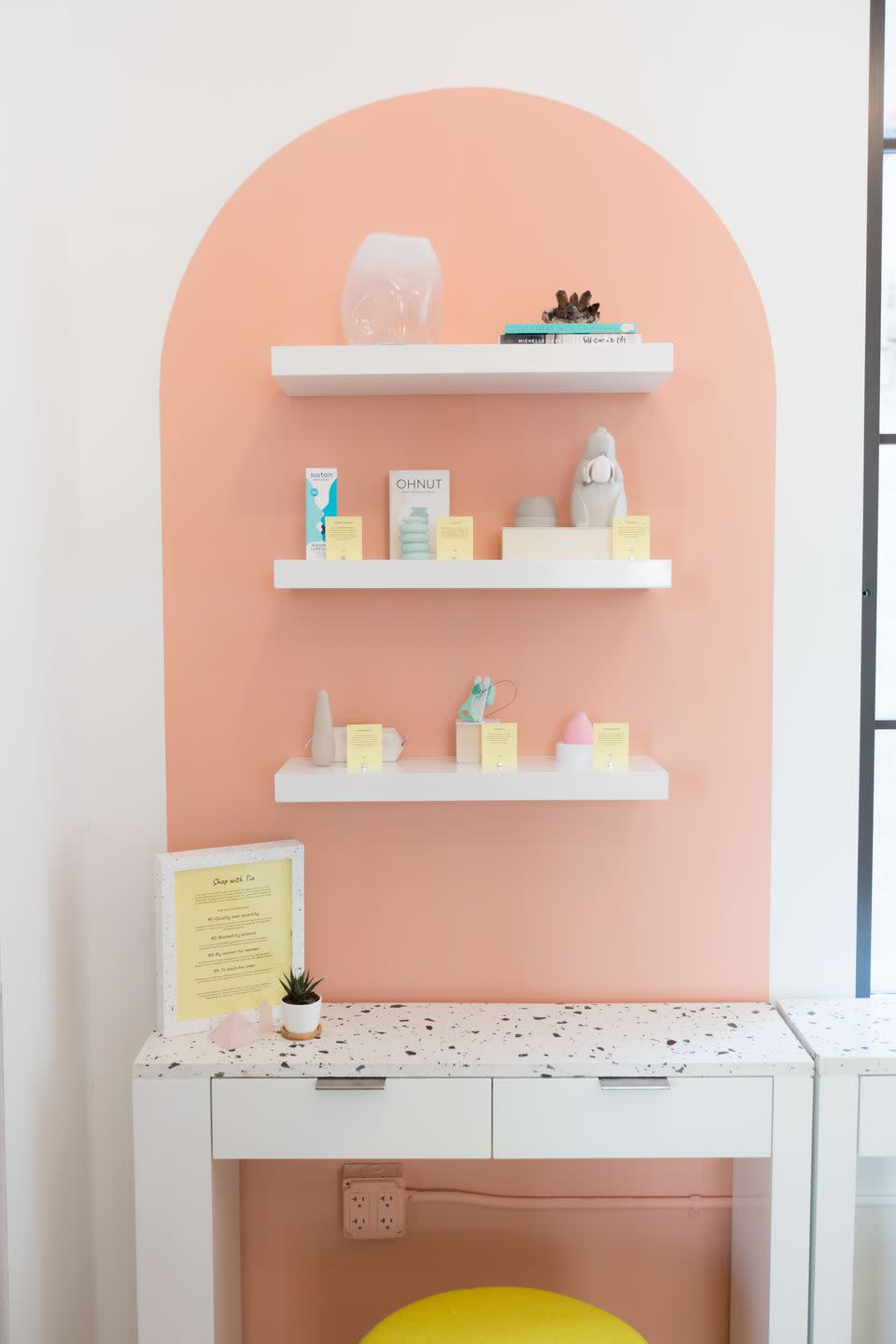
And here is where the Tia clinic's true raison d'etre lies (once you can look past the mural painted on the ceiling, the floor-to-ceiling windows, and the lack of pharmaceutical pens in cupholders): Ahead of their appointment, members will use Tia's app to supply all of their personal information. This pre-appointment module asks for your standard patient history, as well as if you want to set a conversation topic for your visit. These options range from things like mood changes and painful sex, to anxiety and birth control issues you've been having. Anything irregular is then flagged to your gynecologist ahead of your in-person visit so they don't go overlooked.
As your appointment begins, the gynecologist (so far, that's just Stephanie McClellan, MD, an ob-gyn and Tia's chief medical officer) uses the iPad to access all of this info and display it on the TV screen. Then, you talk through it all together.
Clearly, this is the strongest and most direct attempt to fix one of the biggest problems women face in healthcare: Doctors ignoring them.
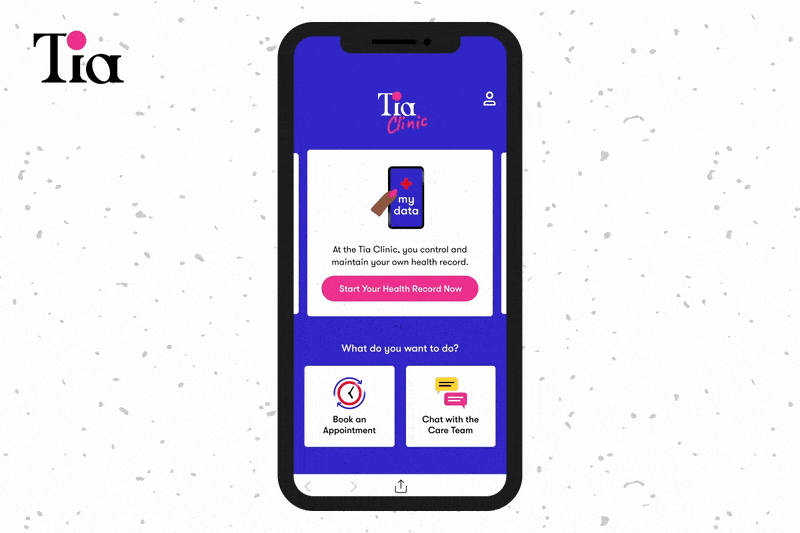
So yes, at your routine appointment for your annual pap smear, it won't be off-limits to talk about your migraines or how gassy you've been. And in a women's health context, that also means emphasizing the importance of sex-not just how many partners you've had, but how sex feels for you, whether it's painful, and how it could potentially be better.
The goal, in other words, is to have you leave feeling like you got care, not just a check under the hood. And rather than getting a prescription and instructions to "take some Advil," Tia wants members to go home feeling like their care plan addresses their actual concerns and suits their lifestyle.
Witte says this focus on reinventing the well-woman exam is because being a "well-woman" is more than just not having cervical cancer. "There's data to support women are being misdiagnosed, under-diagnosed, and struggling to advocate for themselves in a care context," Witte says.
Indeed, research published in the Journal of Sexual Medicine shows that gynecologists are terrible at asking about sexual satisfaction, pleasure, and orientation. Tia introduces the satisfaction component by selling vibrators (all from women-led companies) in the lobby and leaving space on the app to include it in your appointment.
And, in addition to Dr. McClellan, Tia will open with a few nurse practitioners who help provide primary care (everything from same-day appointments for UTIs and STI testing to strep throat diagnoses), as well as an in-house naturopath and acupuncturist.

All this said, paying for something you could get for free if you have health insurance or go to an access-forward clinic like Planned Parenthood is hard to wrap your brain around. With medical costs so high that people routinely go bankrupt just trying to stay alive, paying extra for healthcare seems ludicrous.
Ultimately, you have to decide if a potentially better experience is worth shelling out for.
The primary incentive for most people? Convenience. "There's some guarantee on same-day appointments, extended hours, and you're basically able to see your doctor (or a doctor who talks to your doctor) on a daily basis," says Dylan Roby, PhD, assistant chair in the Department of Health Serves Administration at the University of Maryland.
The concierge model of healthcare that Tia and other services like One Medical-a very Millennial-looking chain of clinics where members pay $199 a year for convenient, aesthetically pleasing primary care-has been steadily growing in popularity over the past decade, says Roby. But it's really only been seen in highly wealthy areas.
"The target population for these practices is people who have expendable incomes and are willing to pay for the privilege of better access," Roby says. "And that's inequitable when you compare it to people who have less means to buy that access."
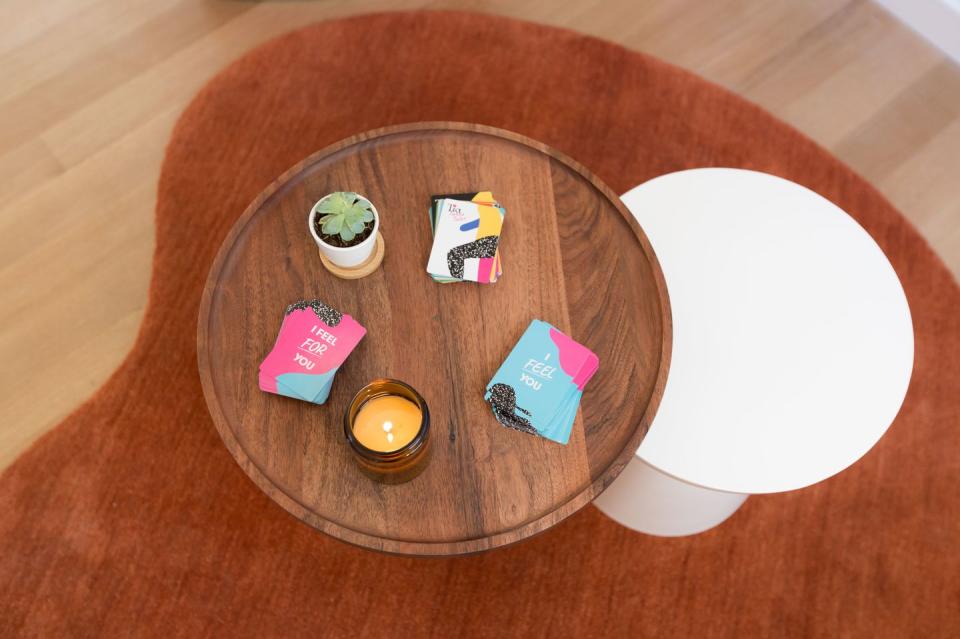
Case in point: People with health insurance can still come to Tia for a well-woman exam and pay nothing, but that doesn't eliminate the cost of the membership, which technically means a service covered by the Affordable Cart Act now costs something. And without insurance, a published price menu at the clinic shows that the cost of an exam is $250.
You're right in thinking that none of Tia's fancy frills are technically medicine. You can get adequate and even great care at so many other places-you just might have to wait a few months to be seen, or sift through a few bad doctors before finding a great one.
But sitting in the soft, natural light in the Tia exam room, watching Witte navigate the app and go through the detailed fake patient history on the TV screen, I thought about how much easier it would be to advocate for my own health if my list of concerns were displayed in front of me and my doctor.
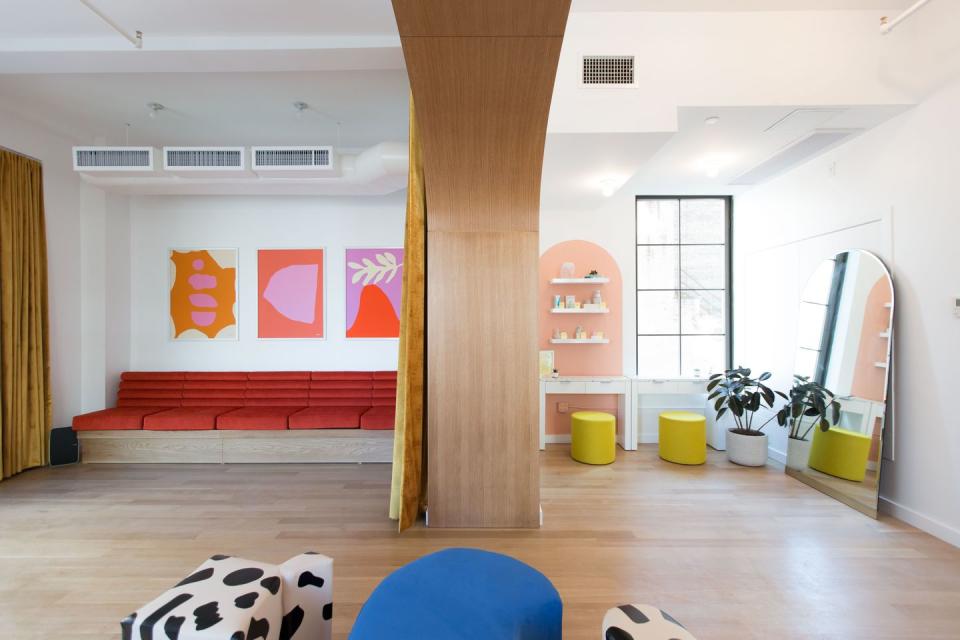
And all of the luxe extras around me? They felt good. Which is kind of the point of healthcare, right?
The Tia Clinic won't fix the healthcare access problem. It's more like the Barbie Dream House of women's health, come to life. And in Witte's grandest dreams, Tia grows so big that it raises the bar for women's health in non-Tia clinics, so that everyone can play in the Dream House and sit on the soft couches and have quality, hyper-personalized healthcare. It's a level of care I thought was impossible before I saw it myself, and it's a refreshing way to think about what could be possible in a future where all women's health offices are built on the same premise: If you could build a gynecology practice beyond your wildest dreams, what would it look like?
('You Might Also Like',)

